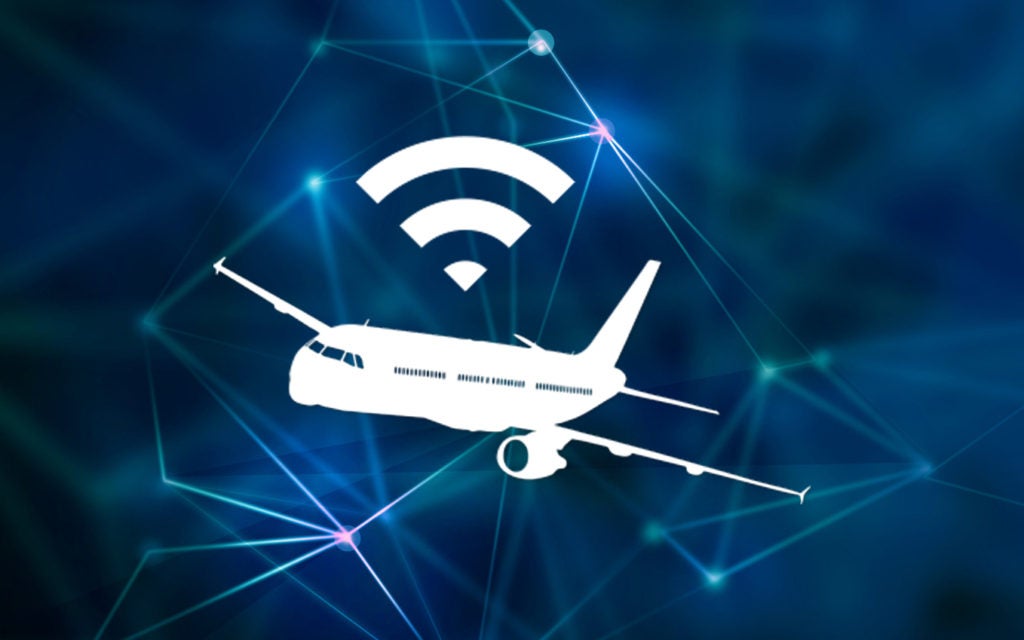Latest News

Photo: Access Intelligence
According to Euroconsult’s newly released report “Prospects for In-Flight Entertainment and Connectivity (IFEC),” more than 17,000 commercial aircraft will offer connectivity to their passengers by 2021, up from 6,500 aircraft in 2016.
“In January 2017, more than 80 airlines had either installed or committed to install IFC solutions,” said Pacome Revillon, Chief Executive Officer (CEO) of Euroconsult. “This is a dozen more than last year. And while the recent U.S. and U.K. bans of personal electronic devices on certain flights might impact IFEC dynamics if extended, we believe that aero connectivity is poised for structural growth.”
According to Euroconsult, new generation satellite systems (globally) and Air-to-Ground (ATG) networks (in the United States and Europe) will dramatically increase available bandwidth. Established companies such as Inmarsat, Gogo, Intelsat, SES, ViaSat and new entrants such as SmartSky Networks invest in or have started to deploy networks offering up to hundreds of Gbps. IFC hardware, from receiving antennas to modems and in-cabin solutions, is also evolving rapidly. Honeywell, ThinKom, Gilat and Zodiac Data Systems for example introduced new antenna solutions in recent months.
The increase in connected aircraft and in bandwidth consumption per passenger will support growth, the report finds. To that respect, the ability to support video streaming on a large scale shall be a game changer, according to Euroconsult. The report estimates revenue per aircraft per year shall double in the next five years to nearly $300,000 for connectivity suppliers. Still, the need to improve profit margins and to benefit from economies of scale shall favor vertical integration and consolidation in the IFC value chain. Competition will be strong between leading suppliers and new entrants, according to the research firm.
Beyond cabin connectivity, Euroconsult stated that the next 10 years will see the full emergence of the “smartplane” concept. The future connected aircraft shall support big data strategies through multiple networks. Beyond passenger services, this will open new opportunities to optimize flight operations, aviation safety and contribute to the design of future aircraft.
Get the latest Via Satellite news!
Subscribe Now